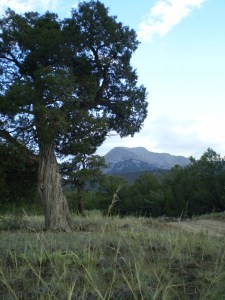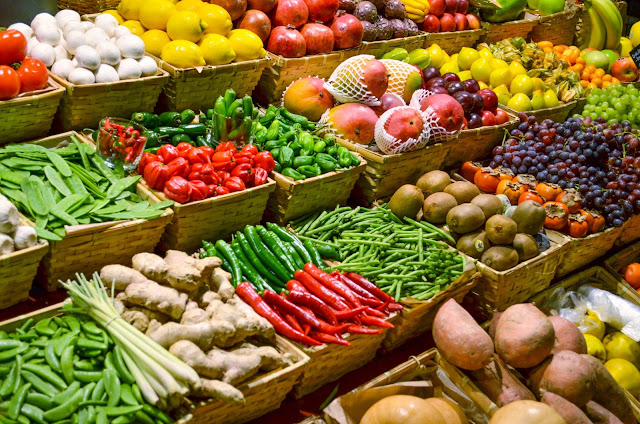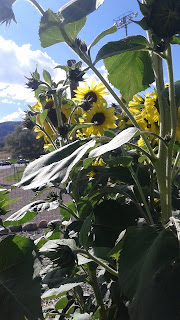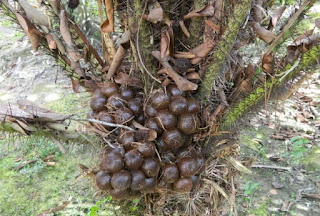Why do we Garden?

Nature's garden For this blog post, I would like to consider the big picture of why we are drawn to gardening. Taoist created gardens to improve human health, and i n Mesopotamia the land was used as it was found, with hillsides, depressions, streams, paths and canals incorporated into the garden's plan . A 17 th century guide advises readers to ‘spare time in the garden…. there is no better way to preserve your health’. Since the beginning of time, nature has been used for its restorative value. Many contemporary studies show the direct positive impact nature has on humans. It has been proven many times that nature not only makes you feel better emotionally, it contributes to your physical well-being (reducing blood pressure, heart rate, muscle tension, and the production of stress hormones). In one study, patients in a hospital healed faster on the side that had a view to a natural space. Findings have become so convincing that s



